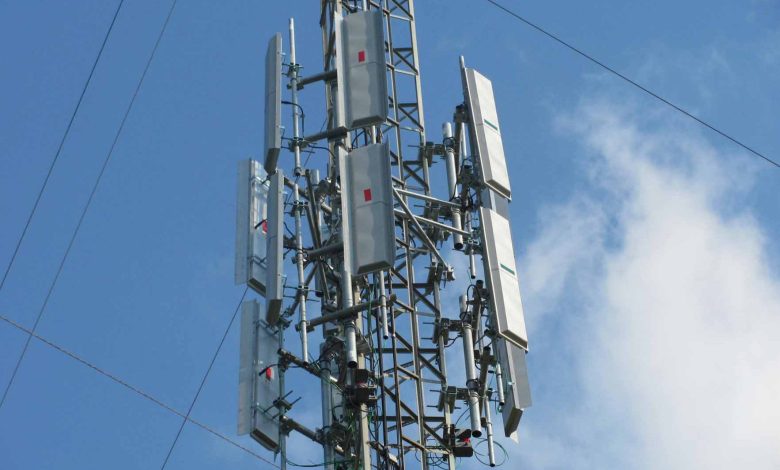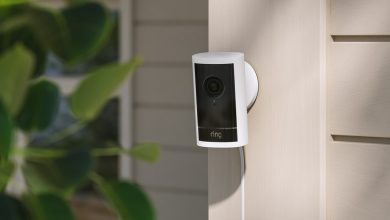Android 16 to Combat Police Surveillance: New Feature Detects Fake Cell Towers

Smartphones hold vast amounts of personal data, making them prime targets for hackers—and even law enforcement agencies. While tools like Stingrays (cell site simulators) have long been used to covertly track phones, Android 16 may finally give users a way to fight back by detecting these surveillance devices.
How Stingrays Work
Stingrays, originally developed by Harris Corp., mimic legitimate cell towers, tricking phones into connecting to them. Once linked, they can:
- Track a phone’s precise location.
- Downgrade connections to unencrypted 2G to intercept calls and texts.
- Collect data from bystanders’ phones in the area.
Because the process is invisible to the user, these devices have become a go-to tool for law enforcement—and sometimes even mysterious third parties.
Android 16’s New Defense
Google has been working on a solution for over a year, and Android 16 will introduce a critical security feature: fake cell tower detection. When enabled, phones will:
- Alert users if a network requests sensitive identifiers.
- Warn about forced downgrades to unencrypted connections.
- Allow users to disable 2G entirely (already an option in current Android versions).
However, there’s a catch: Existing phones won’t support this feature.
Why Current Phones Can’t Detect Stingrays
To identify fake towers, a phone needs:
- Android 16.
- Modem support for IRadio HAL 3.0.
Even Google’s Pixel 9 lacks the necessary hardware, meaning only new devices launching with Android 16—like the Pixel 10—will have this protection.
What You Can Do Now
Until compatible phones arrive, users can:
- Disable 2G in Android settings (limits Stingrays’ ability to intercept calls/texts).
- Use encrypted messaging apps (Signal, WhatsApp).
- Enable airplane mode in sensitive areas.
The Bigger Picture
This update marks a major step in protecting user privacy from mass surveillance. While law enforcement may still find ways to adapt, Android 16’s detection system could make unauthorized tracking much harder—and give users a fighting chance.





